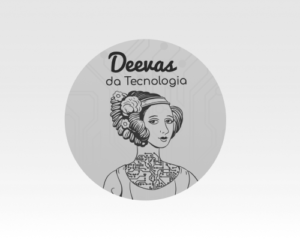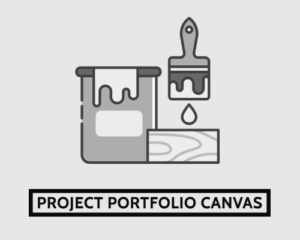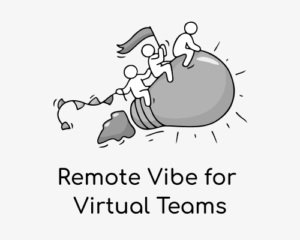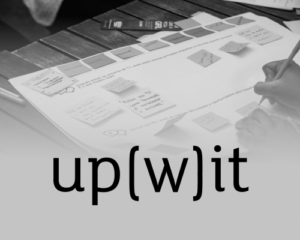Design Thinking for Libraries
2015
The Design Thinking for Libraries was a fantastic project I had the opportunity to participate in in 2015.
But before we start…
Before starting, I want to talk about my love for books and libraries. I grew up in a house full of books, and my wish as a child was to have as many books (or more!) as my father :) But my love was not restricted to our books. I was also a big fan of the town and school libraries next to me.
I grew up and kind of accomplish the dream of having my own library. My love for books also took me to study Library and Information Science. And although I wasn’t able to finish the program, I studied it for two years and was really in love with the field. And I must say that my passion for the subject hasn’t faded even if I needed to drop off my studies (visiting libraries and book shops when I visit other places is still one of the fundamental parts of my travellings!).
So, when I met the Design Thinking for Libraries project, I was thrilled to join because I was curious to know more about Design Thinking and to put it into practice within a subject so relevant to me.
About the project
Paula Azevedo Macedo led the project, and the motivation was to rethink the library’s goals using design thinking processes and tools. Paula quoted David Lankes as defiance:
Bad Libraries build collections. Good libraries build services (of which a collection is only one). Great libraries build Communities.
David Lankes
And what were the library’s roles in times of Internet, social media, and the abundance of digital information?
Process
For this project, we applied the Design Thinking for Libraries toolkit developed by the Bill & Melinda Gates Foundation and IDEO. According to the toolkit, we follow four steps:
- Create empathy through research;
- Problem definition;
- Ideation;
- Prototyping and validation.
Our first step was to choose the library we would like to work. After some research, we had three candidate libraries. Our chosen one was the CICAS community library (CICAS – Centro Independente de Cultura Alternativa e Social, or Independent Center for Alternative and Social Culture). The criteria were: the library has a problem to be solved; is open to our project; is able to create a scalable case for other contexts; has a social impact; has innovation potential, and is an interesting personal challenge.
We had a series of working meetings and workshops during the project. The goals were to collaborate and gather knowledge, from problem mapping to prototyping. As a result, we generated ideas and concepts aligned with the library and community needs and could test these ideas.




References
Articles and references about the project (in Portuguese):
Paula and Ana Marysa also wrote an article about the project for the Emerging Ideas in Library Science (pp. 69-77) book, organised by FEBAB (Federação Brasileira de Associações de Bibliotecários, Cientistas da Informação e Instituições, or Brazilian Federation of Librarian Associations, Information Scientists and Institutions).





